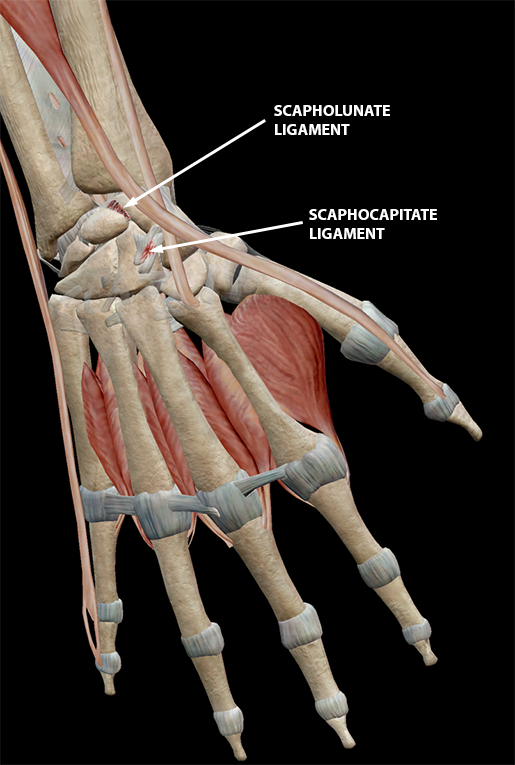Posted on 9/27/17 by Madison Oppenheim
We've all been there: you're skating along on your new board and all of a sudden the wheels hit a rock you swear you didn't see, and next thing you know, you're flying through the air. Hands outstretched, you brace for impact.
Or maybe you're not a skater and you're just clumsy, like me. Either way, you know the feeling of a sprain.
If you read my last blog post, then you got a sneak peek at ankle sprains. Today, you're gonna leave here with even more sprain knowledge to impress your friends and family.
A sprain is essentially a torn or stretched ligament. Ligaments—not to be confused with tendons, which connect bone to muscle—connect bones at a joint. The most common causes of sprains are falling (see above) or getting hit, because the joint is forced into an unnatural position.
Think you have a sprain? The symptoms of sprain include:
The wrist is one of the most commonly sprained areas because we use our hands for balancing and numerous daily tasks. Putting your hands out to catch yourself when falling is an evolutionary reflex, so it’s understandable that wrist injuries are so common. We are, after all, a clumsy species.

Image from Muscle Premium.
The most common ligament to sprain is the scapholunate ligament, which holds the scaphoid and lunate bones together (you can see how it got its name).

Closeup of partially torn scapholunate (top) and scaphocapitate (bottom) ligaments. Image from Muscle Premium.
Sprains are classified into various levels depending on severity. A Grade 1 wrist sprain involves the stretching of ligaments without a tear, a Grade 2 sprain is characterized by a partial tear, and a Grade 3 sprain consists of a complete tear and finger dislocation.
An ankle sprain occurs when the ankle rolls, twists, or turns and overextends the joint. The most common ligaments injured are the anterior talofibular ligament (ATFL) and calcaneofibular ligament.
A Grade 1 ankle sprain is characterized by slight stretching and some damaged fibrils, and a Grade 2 sprain consists of partial tearing and some instability. An ankle sprain is classified as Grade 3 when the ligament completely tears and there’s significant instability. Yikes!

Closeup of a partially torn ATFL (Grade 2 ankle sprain). Image from Muscle Premium.
Anyone who has ever had a sprain and looked at or checked the treatments section of WebMD knows the famous (or infamous) phrase "Just RICE it"—Rest, Ice, Compress, Elevate.
But why does RICE work? Well, rest is an easy one; the less pressure or stress you put on an injury, the faster it will heal. Icing helps to reduce swelling and inflammation, compression helps to continue to reduce swelling and limit mobility (again, resting), and elevating an injury above your heart decreases venous pressure, further reducing swelling. Clearly, the major theme here is bringing down the swelling and allowing the body to heal the tear on its own.
If the pain is uncomfortable, you can take some aspirin or ibuprofen, too.
Now go forth with your new knowledge, and (don’t trip) conquer!
Be sure to subscribe to the Visible Body Blog for more anatomy awesomeness!
Are you a professor (or know someone who is)? We have awesome visuals and resources for your anatomy and physiology course! Learn more here.
When you select "Subscribe" you will start receiving our email newsletter. Use the links at the bottom of any email to manage the type of emails you receive or to unsubscribe. See our privacy policy for additional details.
©2024 Visible Body. All Rights Reserved.